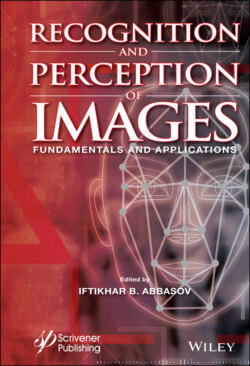Читать книгу Recognition and Perception of Images - Группа авторов - Страница 17
1.1.4 Projection Areas of the Brain
ОглавлениеWith the help of synaptic connections, each neuron can be connected to thousands of other neurons. Given that the human nervous system has about one hundred billion neurons, and each of which is able to create thousands of synaptic connections, then the total number of synaptic connections in the nervous system becomes on the order of a hundred trillion.
To form the perception of incoming information, electrical signals from a neuron enter the brain. This is due to the nerves, tracts and nuclei of the central nervous system. A nerve is a bundle of axons, through which neural impulses are transmitted from one segment of the nervous system to another. Sensory information is transmitted by nerves to the central nervous system, consisting of the spinal cord and brain. In the central nervous system, there are such sections in which synaptic connections are formed by large groups of neurons, called nuclei. The main function of the nuclei is the processing and analysis of the received sensory information. One of the most important nuclei is the thalamus, located in the forebrain, below the center of its hemispheres [Kassan, 2011], [Gregory, 1970].
Signals from neurons enter certain parts of the cerebral cortex. The cerebral cortex (lat. cortex – tree bark) is a thin outer sheath of the brain hemispheres. Its thickness does not exceed 2 mm, because of the winding shape of the surface, it occupies an area of about 1.5 square meters. The brain (Latin cerebrum, Greek ἐγκέφαλος) is the main organ of the central nervous system; its head end, in vertebrates, is located inside the skull. In the anatomical nomenclature of vertebrates, including humans, the brain as a whole is most often referred to as encephalon.
Highly specific parts of the brain that are associated exclusively with certain sensory modalities are called primary projection zones of the cortex. As shown in Figure 1.1.7, the main projection zones of all sensory systems lie within certain lobes of the cerebral cortex. The lobes are called the anatomically distinguishable area of the cerebral cortex that performs a specific function.
The primary projection area for hearing is in the temporal lobe, the primary projection zone for tactile sensations (somatosensory cortex) is located in the parietal lobe. The primary projection zone for vision is in the occipital lobe (striatal cortex), and the olfactory bulb, located below the temporal lobe, above the sinuses is responsible for the perception of odors.
Figure 1.1.7 Projection zones of the left hemisphere of the brain.
